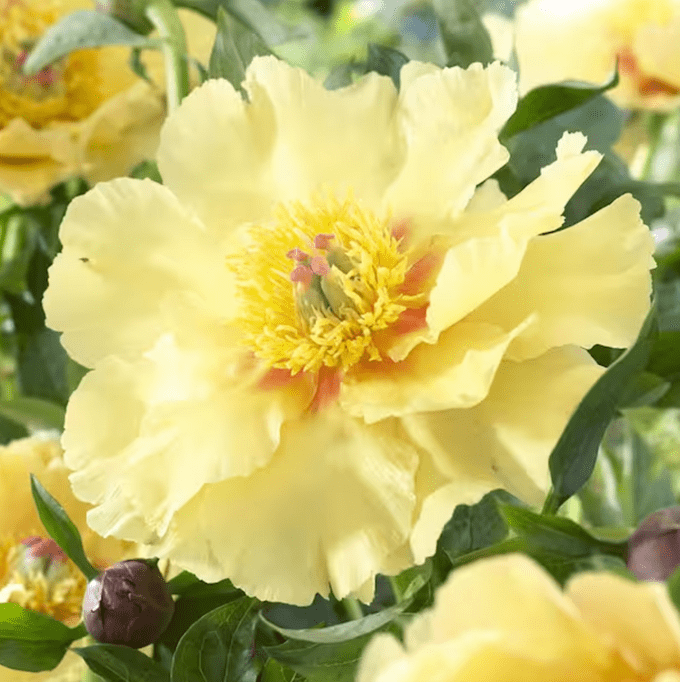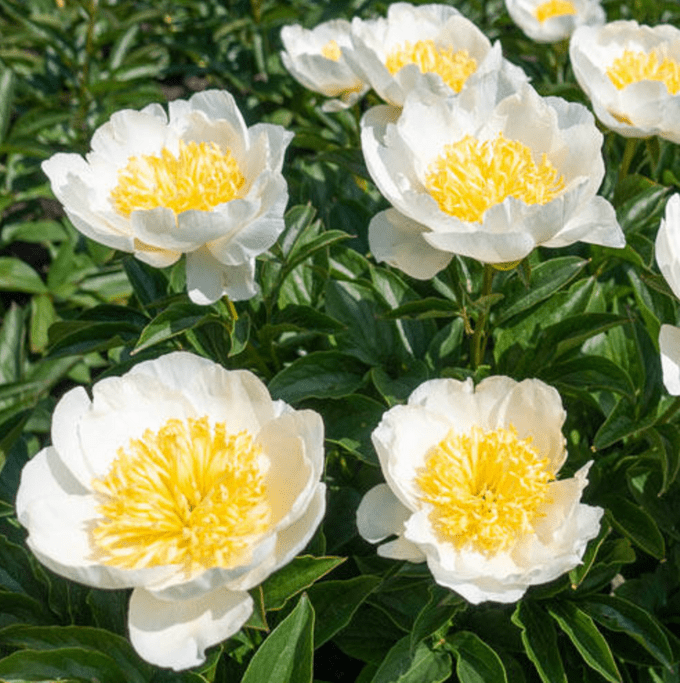Popular Flower Types
There are a wide variety of flowers that are available to us all year. However, there are certain types of flowers that only bloom in a specific season.
Some of the most popular flowers include roses, lilies and daisies. These flowers are known for their elegant petals and strong scents.
Peonies are easy perennial flowers to grow. Here’s what you need to know about the different types of peonies and flower forms.
On This Page
easiest perennials to grow. Grown well, peonies can delight you – and future generations – for more than 100 years. With so many varieties hitting the market, how to choose the right types of peonies for you? Here’s what you need to know.
“Right now, peonies are going through a renaissance of popularity,” says Nate Bremmer, President of the American Peony Society and owner of Solaris Farms in Wisconsin. Social media wedding pictures spiked interest, but we are also seeing an explosion of new hybrids that weren’t available to our grandparents, Bremmer says.
There are three main types of peonies on the market: herbaceous, woody, and Itoh/intersectional peonies. Requiring a chilling period to thrive and bloom, most are zoned for USDA hardiness Zones 3 through 7, and a few for Zone 8. Each plant may bloom only 2-to-4 weeks, but picking a succession of varieties can deliver two months of unforgettable blooms.
Learn how to grow and care for peony flowers.
Herbaceous Peonies

The most prevalent group, herbaceous peonies grow from spring through fall, dying back and going dormant in the winter. The flowers are so abundant and heavy, they may require support from stakes and twine or hoops.
Popular with florists, the majority of these are cultivars of the Chinese peony, Paeonia lactiflora, which often grants them a sweet fragrance and strong stems for cutting. Newer, more complex hybrids are adding variety in habit, flower shapes and colors to the mix. Some of these don’t need to be staked, so they are worth seeking out from specialty retailers. Bremmer is a fan of award-winner ‘Etched Salmon.’
See 6 gorgeous peony colors to grow.
Woody Peonies

Rather than “tree peonies,” the American Peony Society prefers to call these “woody peonies”. They lose their leaves but retain their woody stems year-round, offering border structure through the colder months, though not quite reaching “tree” size. They range in hardiness from Zones 4b to 8, but Bremmer says APS members grow them with protection even in Zone 2.
“Woody peonies have gorgeous otherworldly flowers,” up to nine inches wide, and “wonderful foliage” says Bremmer. Because it can grow multiple blooms on each stem a mature plant can sport hundreds of flowers. “They often make very nice landscape plants even when out of bloom,” he says. As a bonus, some offer red fall color before leaf drop.
Learn 10 little-known peony plant facts.
Itoh/Intersectional Peonies

These are crosses between herbaceous and woody peonies, blending the habit of herbaceous types with the woody types’ abundant flowers. Though the words are often used interchangeably, Itohs employ P. lactiflora, while rarely seen Intersectional peonies use other species. Itohs deliver the brightest yellows available, like ‘Bartzella’ and ‘Garden Treasure’.
They take years to develop and cannot be grown from seed, leading to high price tags, especially when introduced. These are the longest-blooming peonies, with a bloom cycle lasting up to four weeks. You may see 50 flowers on an Itoh plant, says Laura Root, Merchant/Category Manager for Live Plants at Jackson & Perkins.
Don’t miss these pretty pictures of peonies in full bloom.
Guide to Peony Flower Shapes

Peonies come in a world of shapes. Mix and match them for eye-catching bouquets and borders.
Here’s how Laura Root describes them:
- Single – five or more guard petals with showy stamens, with a flat or cupped shape
- Anemone – cluster of stamens, usually yellow surrounded by flat open petals
- Japanese – visible stamens with more layers of ruffled petals
- Semi-Double – a traditional look, even more layered with a central cluster of petals; stamens may peek out
- Double – two or more rows of petals obscure the stamens – a distinct dome shape with a flat base
- Bomb – a large dome with a cluster of one or more rows of slightly smaller petals. One of her favorites is ‘Sorbet,’ with a two-toned effect in sunset hues.
Note that the easier it is to reach the stamens, the better pollinators like the flower, so singles, Japanese, and Anemone types of peonies will best feed the bees.
Do peonies need ants to bloom?
Secrets for Growing Happy Peonies

Location
Full sun to partial shade away from late afternoon sun and high winds. While they can handle mild-mannered, shallow-rooted neighbors like annuals and succulents, allow plenty of elbow room between more robust plants, including your grassy lawn.
Planting

Plant in well-drained neutral soil in late summer or fall. Place herbaceous and Intersectional types with eyes facing up two to three inches underground and woody peonies, typically grafted, at least four inches below ground. Mulch lightly the first year.
Fertilizer and Water
Peonies resent coddling, says Bremmer. For most, water well at planting, and in May and June as buds are forming, with a lighter touch on woody types. Go easy on fertilizing, using balanced gentle formulas, and avoiding high nitrogen mixes. Bulb fertilizer is a good choice after flowering.
Pruning

Remove all dead foliage after frost for herbaceous and intersectional peonies. For woody types, simply prune dead, crowded, or broken branches as new growth emerges in spring.
Next, check out the guide to growing peonies in pots and containers.
Popular Videos
Source: birdsandblooms.com
Leave a Reply